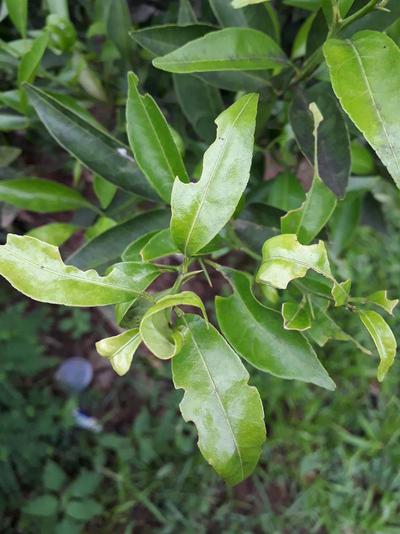Citrus Butterfly
Papilio demoleus
Insect
In a Nutshell
- Caterpillars feed on light green tender leaves.
- They feed from the edges of the leaves inwards reaching the mid rib.
- The insects are active throughout the year.
Can also be found in
Symptoms
Young leaves are eaten inwards from the edges. Leaves can be totally consumed with consequent defoliation of twigs. The small and large citrus butterfly can strip citrus trees of their leaves and produce a strong foul odor when disturbed.
Recommendations

Organic Control
Citrus butterfly eggs are attacked by a number of parasitoid species of Ooencyrtus and larvae are parasitised by Apanteles pallidocinctus Gahan. The pupal stage is also attacked by the parasitoid Pteromalus puparum L.

Chemical Control
Spray with Fenithrothion 2-3 times at 15 day intervals. The Azodrin trunk treatment is toxic to citrus butterfly larvae smaller than 10 mm. Citrimet stem treatments are effective in protecting young trees. Spray treatments of Dipel 2x, Thuricide, Lannate SL, e.t.c can be applied as an outside cover spray.
What caused it?
Caused by the caterpillars of citrus butterfly. The caterpillars feed on the young foliage at the nursery stage and also on young flushes of grown up trees. Fully grown caterpillars are green in color. Severe infestation makes the entire tree defoliated.
Preventive Measures
- Practice clean cultivation.
- Encourage the presence of birds in the field for example, by erecting a T-stand in the field.
- Hand pick the larvae and leaves that have had eggs laid on them, and bury them in the soil or burn them.
- New growth on trees of all size must be inspected at two-weekly intervals for the presence of eggs and larvae.



